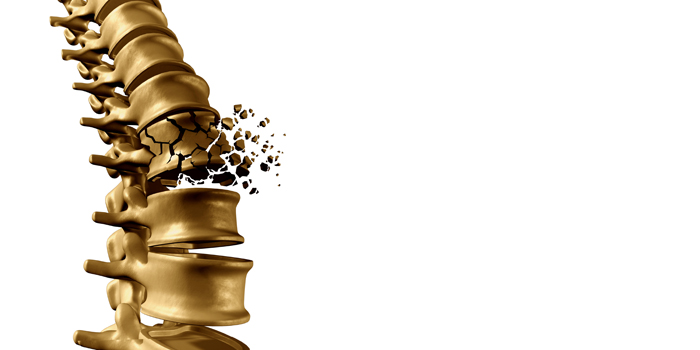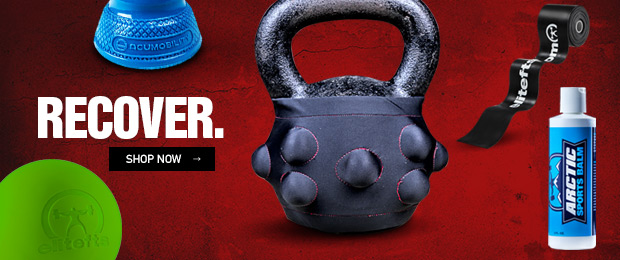
Header image courtesy of lightwise © 123rf.com
I think the big thing, and Dr. (Stu) McGill at SWIS 2018 talked about is that when you do axial loading, so when the bar is on your spine (during a) squat, even with a deadlift because you’re still hanging on to it, what he found was that the spine itself, the vertebrae, go through microfractures.
It’s called Wolff’s Law, and what that is, is that the body will always adapt to whatever stress that you have. We see this in martial arts, where they’ll just hammer against something and it’ll go from what is known as a spongy bone — if you take a look at a vertebrae, the vertebrae themselves, they aren’t all bone. It looks, like, porous, like a sponge. Over time, that spongy (bone) starts to break down and lay down more calcium.
And he said, “That is actually what you want: all these microfractures. But the key here,” and he was really emphatic about it, “is that you need time for it to recover. So it’s not the central nervous system recovering, it’s not the muscle recovering, it’s the actual friggin’ bone.” And so he says where we get into trouble is that the bone doesn’t have time to heal, lay down the new bone from the microfractures, and now, you turn it into a macrofracture.
And what he did was — this was 20 years ago — one of the lifters he was working with was deadlifting about 650; he was in the 181s, and they did what is known as videofluoroscopy. They would use an X-ray unit and watch his spine. What would happen, how it would deform, and everything else.
Stu has the only injury ever caught on film. His (the lifter’s) vertebrae had actually collapsed. He went through N-plate fracture and basically a compression fracture of his vertebrae, which ended his powerlifting career. That’s what can actually happen, and that’s where we get into trouble. Not from the nervous system, not from the muscular system, but from the actual spine itself. The disc can break down also, and it needs time to recover.
We’re starting to see more and more bone injuries. We’ve seen it in powerlifting, where all of a sudden, if someone, especially younger lifters — they don’t have enough time to lay down that bone properly — I’ve seen bones actually snap.
Adapted from Table Talk Podcast #9 with Dr. Ken Kinakin
Dr. Ken Kinakin, DC, CSCS, is a sports medicine doctor, chiropractor, certified strength and conditioning specialist, and personal trainer. He’s also the author of the book Optimal Muscle Training and has competed in bodybuilding and powerlifting for over 20 years. Dr. Kinakin lectures around the world to doctors and personal trainers on the areas of weight-training, rehabilitation, and nutrition. He is also the clinic director for the AIM Health & Wellness clinic, with a rehabilitation and training center in Mississauga, Ontario. Dr. Kinakin founded the Society of Weight-Training Injury Specialists (SWIS), an organization that educates and certifies doctors, therapists and personal trainers in the area of exercise muscle testing, rehabilitation, and treatment of weight training injuries.










I fractured my pelvis in a deadlift only competition last year. The fracture has not healed yet and I am now trying a bone growth stimulator.
From what I have learned from Dr. Stuart McGill, it takes approximately 4 days for the microfractures to heal from heavy axial loading.
Between days of heavy (axial) loading, performing submaximal work is great to do.
As Dr. Kinakin said, performing heavy lifts (squat and deadlift) on subsequent days can be less than ideal for the aforementioned reasons. Brian Carroll gives examples of how one can consolidate these "heavy axial" loading days to take advantage of this fracturing/healing process in some of his books and his articles.